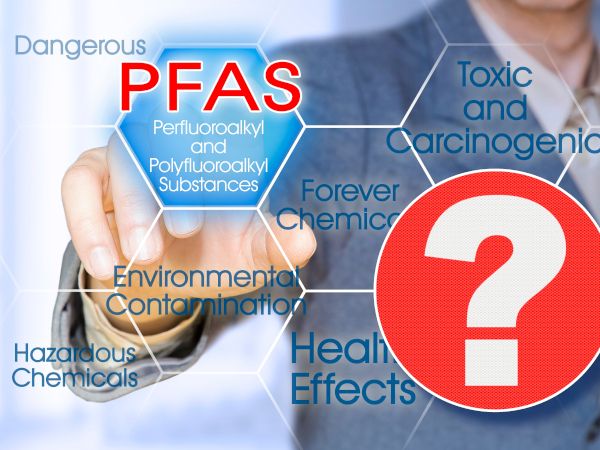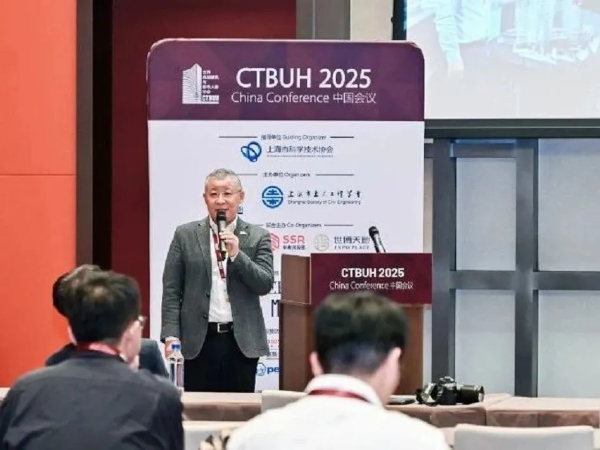
Date: 20 June 2025
Those participating in the Fenestration and Glazing Industry Alliance (FGIA) Virtual Summer Summit gained several helpful legal insights in the sustainability realm, courtesy of experts from Keller and Heckman Law Firm. Jean-Cyril Walker and Alexa Pecht gave a presentation entitled, “’Green’ Claims | Understanding Benefits & Risk in the U.S.,” and their colleague James Votaw presented “PFAS | A Checklist for Assessing Potential Risks.” Both contained action items companies can take now to help mitigate risk.
“Green” Claims | Understanding Benefits & Risk in the U.S.
“The issue of making ‘green’ claims has been evolving over the last five years and is increasing in terms of risk,” said Walker. “Customers and businesses are looking for better environmental performance of products and materials, but they need to understand the claims around that.”
Advertising basics
“Environmental marketing claims use words like ‘sustainable,’ ‘circular,’ ‘eco-friendly’ or ‘recyclable,’” said Walker. “You see these in emails and social media posts and other forms of communication. They are viewed as promoting a claim. All claims must be truthful and not misleading.”
Claims in advertisements are interpreted, said Walked, from the perspective of the reasonable consumer. “This means that audience sophistication is considered,” he said. “A claim is misleading if a substantial number of consumers, around 20 percent, is misled.”
To avoid this, keep track of substantiation of claims, said Pecht. “Substantiation is the proof behind the claims you are making that would be material to the claims,” she said. “It cannot be developed after the fact. Claims must be supported by reliable, scientific evidence like studies or research. Generalized knowledge or assumptions are insufficient. Suppliers may provide certifications or assurances, but it really depends on the context in which they are used.” Pecht recommended having internal documentation about one’s products. “Assess your own claims with a critical eye, but also assess the claims being made to you,” she said.
U.S. Green Claims Legal Framework
“Section 5 of the Federal Trade Commission (FTC) Act offers guides for the use of environmental marketing claims,” said Pecht. “These are not regulations. They provide guidance on specific claims, often referred to as the ‘green guides.’ They establish ‘safe harbor’ disclosures, but other disclosures may adequately qualify claims.” However, they do not preempt state law, she warned.
Review and Guidance on Key Green Claims
“Claims should be generally and clearly qualified,” said Walker. “Aspirational claims are ones that involve actions today that will not result in environmental benefits until the future, like plans to use a percentage of recyclable material by 2035. Advertisers must have a realistic scientific basis to believe that [the product] can achieve such a commitment or goal at the time claimed. There has to be a plan in place to implement the goal, even if the plan changes.”
Calling something “recyclable” can be complicated, depending on where a company is doing business, said Walker. “The term ‘recyclable’ should only be used when a product or package can be diverted or otherwise recovered from the waste stream through a recycling process for reuse or use in manufacturing or assembling another item,” he said.
State Legislative Trends
Pecht shared that the state of California took the first step and provided baseline information about what can and cannot be claimed as “recyclable.” “Senate Bill 343 mandates that such ‘recycled’ claims must be about products made of materials collected by recycling programs that collectively encompass at least 60 percent of the population of the state and are sorted into defined streams for recycling professes by at least 60 percent of recycling programs,” she said. Additionally, states like California, New York and Washington have “advanced recycling” laws, and several other states are considering similar minimum recycling requirements.
Managing Risk
Walker recommended maintaining a substantiation file on any claim a company makes, since that is what a company will be asked to provide first. “Make sure your claims are truthful and not misleading,” he said. “Training and education are key to positive collaboration between legal, marketing, research and development, sales and investors. It will become easier once it’s routine. Look at what your competitors are doing, too.”
PFAS | A Checklist for Assessing Potential Risks
In a related session focused on the environment, Votaw began with a brief overview of per- and polyfluoroalkyl substances (PFAS) chemicals. He discussed why they are of concern, where they are used in the fenestration and glazing industries, and the range of enterprise risks PFAS create for businesses, including regulatory, liability, commercial and supply chain risks.
“PFAS are very useful chemistries but they are also very persistent in the environment,” said Votaw. In the fenestration and glazing industry, they can be found in adhesives, architectural coatings, building wrap, caulks and joint compounds, doors and door components, flashing materials, window glass, window frames and locks, sealants and more. “Many PFAS breakdown only very slowly in the environment and even in the body,” he said. “The extent of that toxicity is up for debate but the agencies are treating PFAS as kind of a single class.”
He then provided participants with a checklist, which can be used to assess and mitigate risk.
- Know one’s products. The most important thing to know is where PFAS occurs in your products and your supply chain so you can make good decisions and strategies, he said. “You need to know what form they are taking and how they are used,” said Votaw.
- Anticipate the potential need for product substitutions or exemptions. Companies may make voluntary substitutions. “Be in contact with your key suppliers,” said Votaw. “Prepare to seek exceptions by factually substantiating your need. Explore alternatives.”
- Understand and manage potential liability risks. “Develop strategies to mitigate risks,” he said. “Consider a precautionary approach and substitute out where practical.”
- Invest in regulatory compliance planning, including lead time and resources. “You will need systems for monitoring developments on the state and federal levels,” advised Votaw.
- Anticipate PFAS risk communication with your customers. “They will have questions,” said Votaw. “Consumers have the same challenges as you.” He advised companies to be cautious about giving or accepting “PFAS-free” representations.
- Keep management informed of risks, trends and strategies. “Internal coordination across functions is critical,” he concluded.
For more coverage about the FGIA Virtual Summer Summit, visit FGIAonline.org/news.
 600450
600450







Add new comment